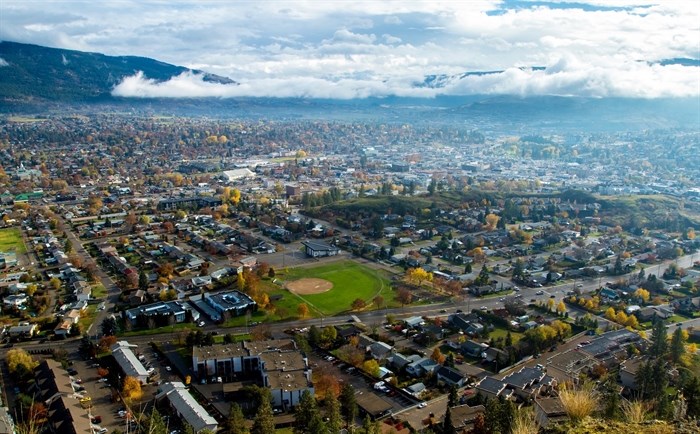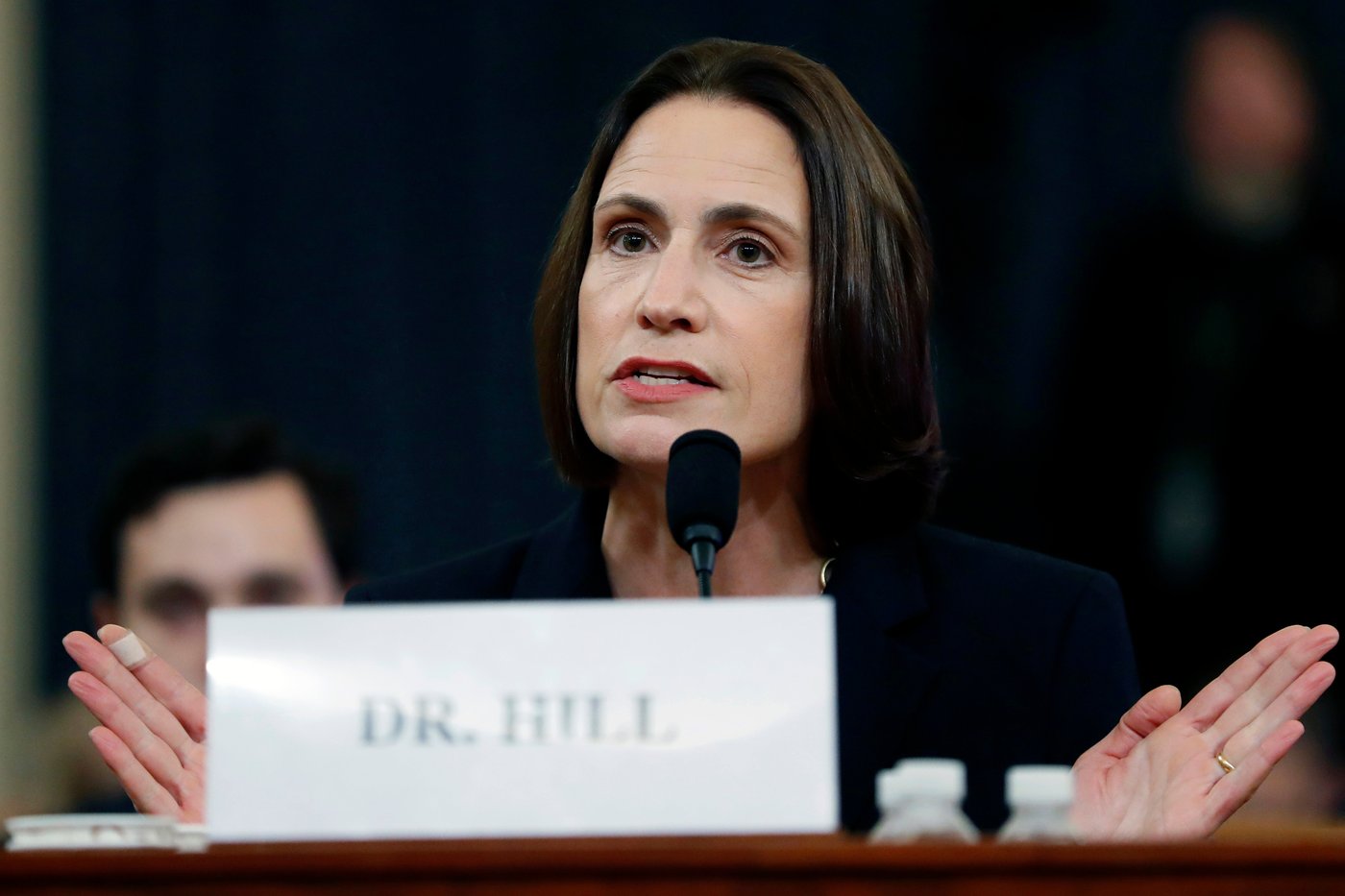North Okanagan's population growth double what was predicted
The population of the North Okanagan grew at twice the rate it was expected to, according to new data released by Statistics Canada.
Between 2016 and 2021, the population of the North Okanagan grew at a rate of 1.7 per cent, more than twice what was expected.
According to a report to the Regional District North Okanagan based on historic population projections, the area was expected to grow at a rate of 0.84 per cent.
The North Okanagan grew in population size to 91,610 in 2021 from 84,344 in 2016.
Electoral Area C, which covers an area of the BX east of Swan Lake, was the faster-growing area of the Regional District at 3.3 per cent. Lumby was second growing at a rate 2.5 per cent, followed by Vernon at a rate of 2.2 per cent.
The report stated that every community grew in the North Okanagan, even in the regions expected to decline in population.
READ MORE: Despite building boom, Okanagan city struggling to house 5,000 new residents
The added surge of people has put a considerable amount of pressure on the region's housing.
The report stated that it was expected the North Okanagan would increase by an average of 319 households per year.
However, when averaged out, the recent population growth sees an additional 1,450 individuals in the region each year.
The report stated that 3,245 housing units were created between 2016 and 2021.
"These projections could not have anticipated the surge in demand from those leaving urban centres due to the COVID pandemic and ability to work from home," the report stated.
"Even without that extra growth, we would have been short even if it was predicted right," Electoral Director Area B Bob Fleming told iNFOnews.ca. "It's a problem that is a work in progress that doesn't have easy solutions."
Fleming pointed to a new wastewater treatment facility in the Swan Lake corridor scheduled to be complete 2024. Once complete the new facility will allow properties to be subdivided and more housing added.
"Everybody's interested in trying to work towards a solution, but housing doesn't happen overnight, there's a lot of steps and it's hard to deal with the bulge," he said.
The report also showed the region is dominated by single-detached dwellings, however, census data shows that larger households requiring more than two bedrooms are a minority.
"More than two-thirds of households in both the urban centre and across the rest of the (regional district) contain two or fewer people. Meanwhile, two-thirds of dwellings are detached homes with three or more bedrooms," the report stated.
The report stated there needs continued growth in the development of apartments, duplexes, and row housing.
READ MORE: More people fighting rental evictions in B.C. and having to wait longer
To contact a reporter for this story, email Ben Bulmer or call (250) 309-5230 or email the editor. You can also submit photos, videos or news tips to the newsroom and be entered to win a monthly prize draw.
We welcome your comments and opinions on our stories but play nice. We won't censor or delete comments unless they contain off-topic statements or links, unnecessary vulgarity, false facts, spam or obviously fake profiles. If you have any concerns about what you see in comments, email the editor in the link above.




